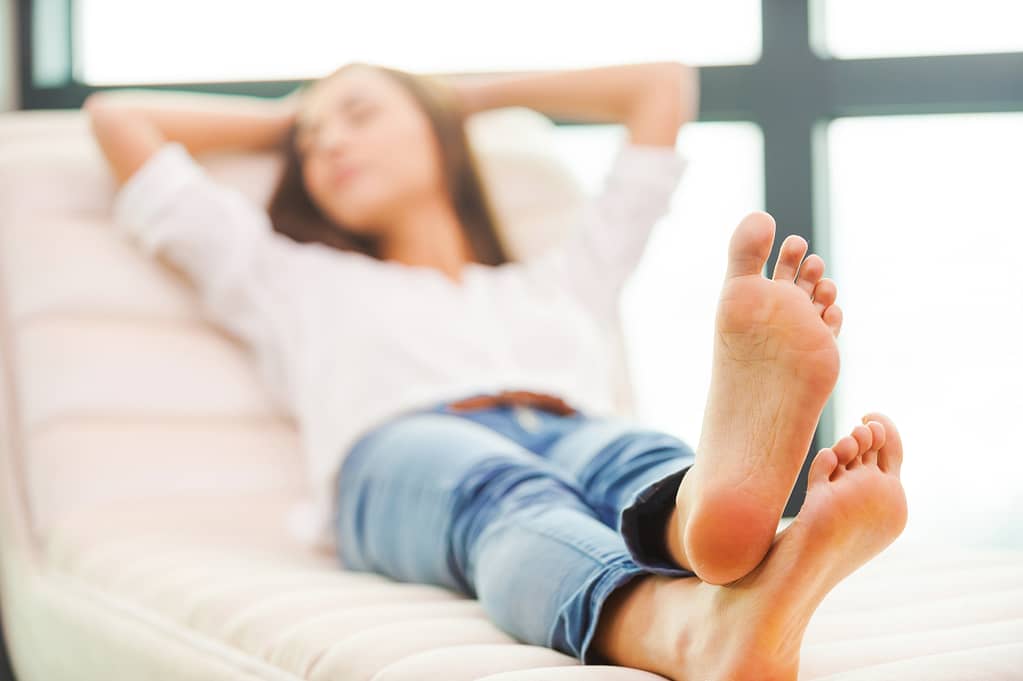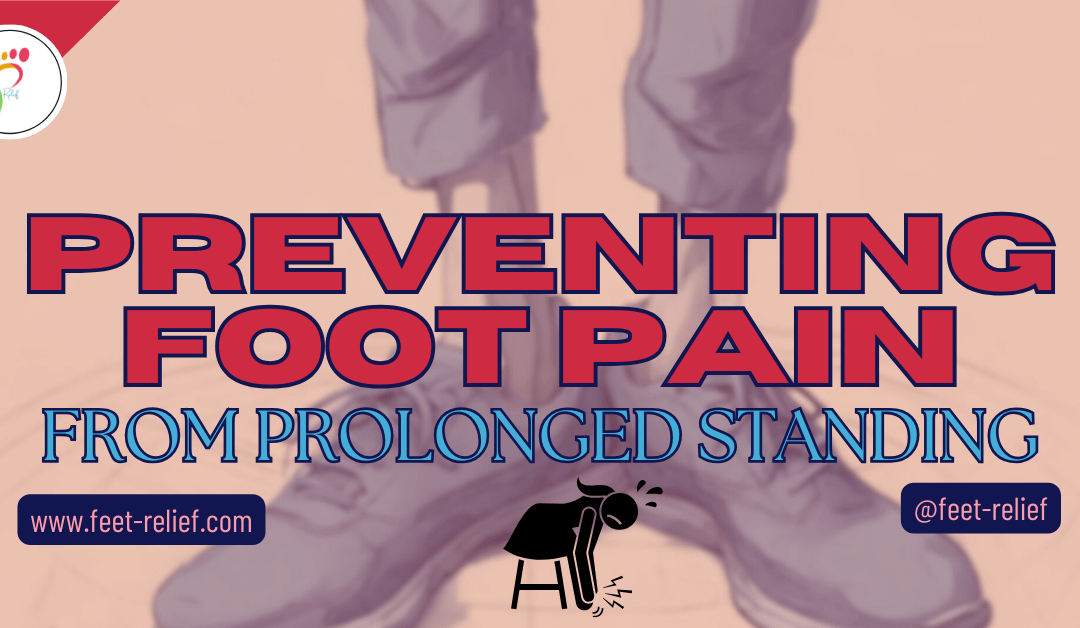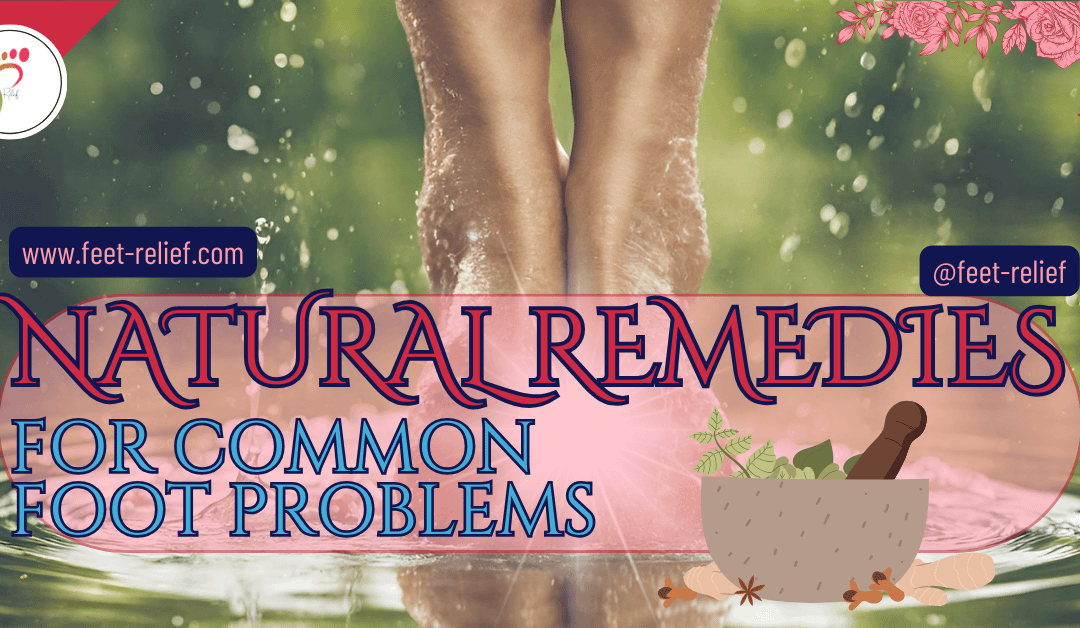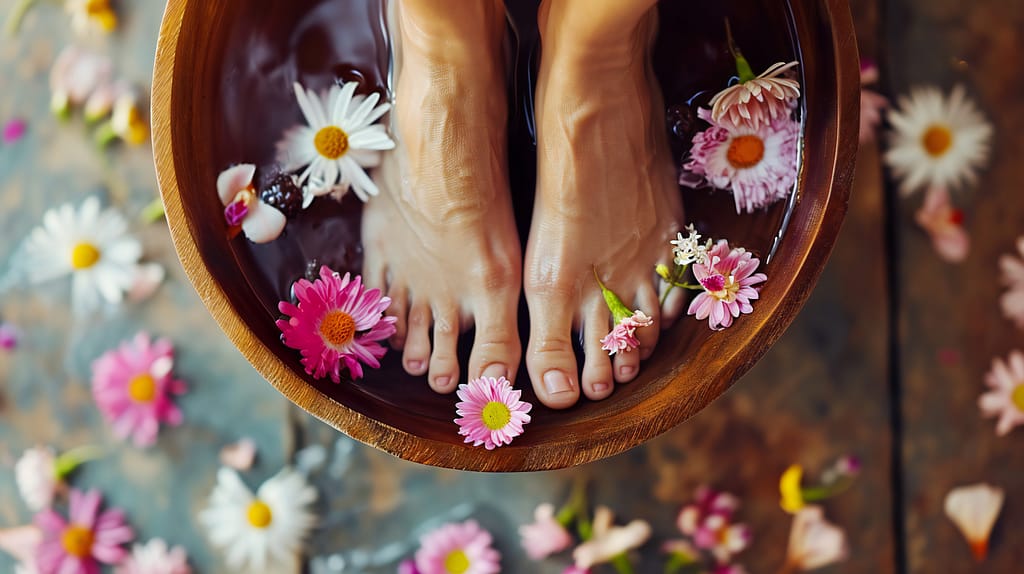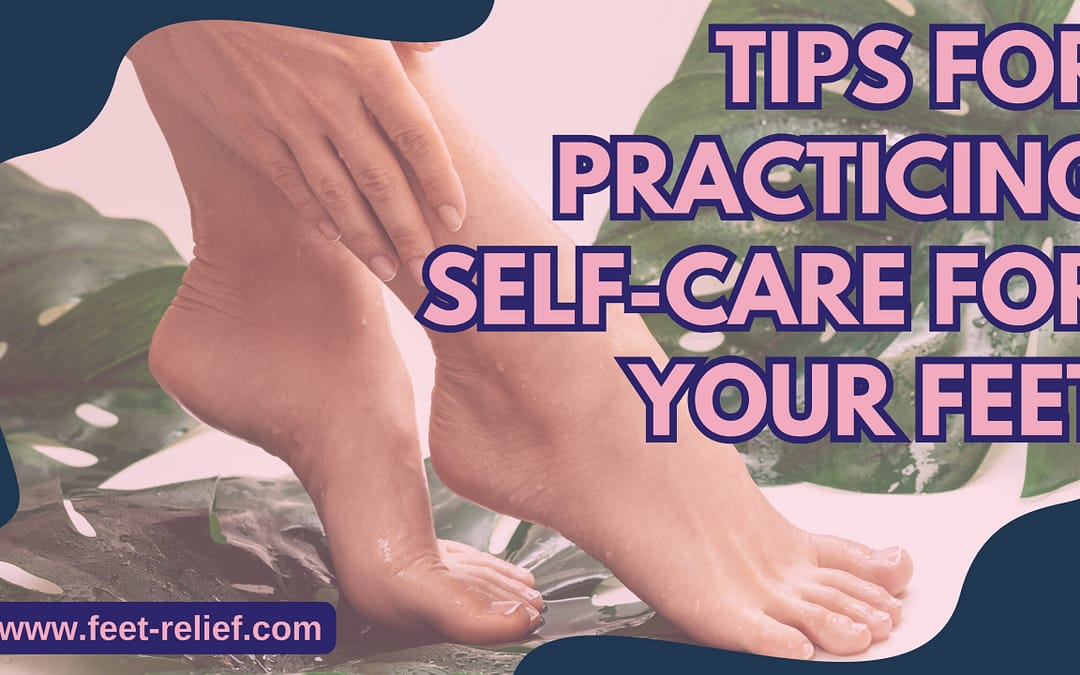Foot Care and Mental Health: Exploring the Connection
Our feet and our minds are more connected than you might think. When we talk about foot health, it’s not just about avoiding blisters or keeping our toes warm; it involves maintaining our overall well-being. Similarly, mental health doesn’t solely revolve around managing stress or counting our blessings; it encompasses the whole body wellness, including the parts we stand on.
You’re going to find out about how neglecting those two extremities at the end of your legs can lead to more than just physical discomfort. Think of foot pain or discomfort — it doesn’t just make you hobble; it can also cloud your mood, mess with your concentration, and jack up your stress levels. Not ideal, right?
Foot Care and Mental Health: The Psychological Upside of Foot Care
Now what I want to stress here is the psychological upside of foot care. This isn’t just about soothing achy soles; it’s also about crafting moments of self-care that can boost your morale. Slipping your feet into a warm bath or getting a gentle massage does more than pamper your paws; it cradles your mind in a state of relaxation and tranquility.

In preparation for what’s next, consider this: while we often separate physical and mental health, they’re tangled together. Issues with your feet that go unaddressed can do a number on your mental state. So as we shift our focus to the next section, think about those times your feet were killing you while your day was dragging on. That’s where the ripple effect starts, and it’s time to understand just how deep those ripples can go.
Key Takeaways:
- Psychological Upside: Foot care isn’t just about physical comfort; it’s a vital aspect of self-care that boosts morale and promotes relaxation, benefiting mental well-being.
- Impact of Neglected Foot Problems: Untreated foot conditions can significantly impact emotional health, leading to elevated stress, anxiety, and depression.
- Integration of Foot Care and Mental Health: Establishing foot care routines, seeking professional assistance when needed, practicing mindfulness focusing on feet sensations, investing in quality footwear, and connecting with the earth are essential steps toward better mental health through foot care.

The Psychological Impact of Foot Problems
Chronic foot conditions do more than just hinder your mobility; they can dig deep into your emotional state, causing a ripple effect that impacts your mental health. If you’re constantly dealing with pain, your brain stays in a state of alert, which can elevate stress hormones and lead to frustration, anxiety, or even depression.

There’s a lot of opportunity for researchers to explore the connections between physical and mental health, but case studies to date paint a clear picture. Individuals with untreated foot issues, such as plantar fasciitis or bunions, often report higher levels of psychological distress. This isn’t just about the pain; it’s also about the way these conditions interrupt daily life and recreational activities, which can contribute to a sense of isolation and lowered self-esteem.
Now what is the role of foot care in managing chronic conditions that relate to mental health? Take diabetes, for instance. This condition often comes with foot-related complications, such as neuropathy, that require diligent care. Ignoring these issues can not only exacerbate physical health problems but also can worsen anxiety and depression, especially when the fear of severe outcomes, like amputation, comes into play.
You’re going to find out about how regular foot care doesn’t just maintain your physical health—it also encompasses practices that can soothe the mind. Simple routines such as foot soaks, massages, or proper toenail trimming can all contribute to stress relief. Plus, when you take control of your foot health, you’re also taking a proactive step in managing your mental well-being.
Foot Care as a Form of Self-Care: Elevating Your Mental Health
When you think of self-care, you might picture a calm day at the spa or an evening curled up with a good book. But have you ever considered the silent foundation of your body, your feet? It’s not just about feeling good in the moment; taking care of your feet can play a huge role in lifting up your mental health.

The Overlooked Necessity of Regular Foot Care
Regular foot care isn’t a luxury; it’s a necessity that often goes overlooked. By maintaining good foot hygiene, treating yourself to soaks, or even indulging in massages, you’re supporting your mental and physical equilibrium. The act of focusing on your feet can have a calming effect, pulling your thoughts away from the chaos of daily life and grounding your mind.
Scientific Backing for Foot Care
But this isn’t just anecdotal; science backs it up as well. Reflexology, for example, is a therapeutic method of relieving pain by stimulating predefined pressure points on the feet and hands. This stimulation has been shown to not only help alleviate physical ailments but also bring about mental relief. Emotional tensions tend to be released during a session, which can help you feel mentally lighter and more balanced.
Testimonials and Reported Benefits
Many people testify to the benefits they’ve reaped from establishing a foot care regimen. They report improvements in their mood, decreased anxiety levels, and a more profound sense of well-being. For some, a professional pedicure is a monthly ritual that goes beyond aesthetics; it’s a dedicated time to relax, reflect, and disconnect from the stressors of the world.
Now, you might be wondering, ‘How does this fit into my life?’ The good news is that integrating foot care into your well-being approach can be both simple and enjoyable. In the next section, I’m going to provide practical advice to bring this often-neglected aspect of self-care into your everyday mental health routine.
Steps to Integrate Foot Care Into Your Mental Health Routine

Taking Care of Your Feet for Better Mental Health
Are you convinced that tending to your feet can pave the way to improved mental well-being? If so, you’re likely eager to know where to begin. Let’s dive in.
Establish a Daily Foot Hygiene Routine
Start by incorporating a simple yet effective foot care routine into your daily life. Keep your feet clean and dry, trim your nails regularly, and opt for breathable footwear. This routine isn’t just about hygiene—it’s a form of self-care that communicates to your mind that you deserve attention.
| Tips for Foot Care and Mental Health |
|---|
| Establish a daily foot hygiene routine: Trim nails, dry between toes, choose breathable footwear. |
Soothe Your Soles
Consider indulging in foot soaks or massages as part of your self-care regimen. These activities can provide immense comfort and serve as effective stress-relievers. You don’t need a fancy setup; a warm water soak at home can work wonders. Remember, it’s the intention behind the action that matters most.
Seek Professional Assistance
If you’re grappling with foot-related mental distress or health issues, don’t hesitate to seek professional help. Consulting a podiatrist or therapist can offer valuable insights and treatment options you may not have considered. Remember, reaching out for support is a sign of strength, not weakness.
Practice Mindfulness
Explore mindfulness practices that focus on your feet. Techniques such as guided imagery or progressive muscle relaxation can enhance both your mental and physical grounding. By tuning into the sensations in your feet, you can cultivate a deeper sense of awareness and calm.
| Additional Tips for Mental Well-being |
|---|
| Set aside time for foot soaks or massages as stress relief. |
| Seek professional assistance for foot-related mental distress or health issues. |
| Practice mindfulness techniques focusing on feet sensations. |
Invest in Quality Footwear
Don’t underestimate the impact of footwear on your mental health. Shoes that offer proper support can alleviate physical discomfort, thereby reducing stress and anxiety. Invest in high-quality footwear that fits well—it’s an investment in your overall well-being.
Connect with the Earth
Finally, take moments to connect with the ground beneath your feet. Stand up, feel the earth beneath you, and breathe. This simple act can anchor you to the present moment, providing a sense of calm amidst the chaos of daily life.
So, here’s to prioritizing your foot health for the betterment of your mental well-being. Remember, self-care is a journey, and each step you take—literally and figuratively—matters.
Mindful Footsteps: Integrating Foot Care and Mental Health

Grounding Practices for Mental Well-being
In our pursuit of mental wellness, mindfulness practices are key. By centering our attention on the sensations in our bodies, particularly our feet, we can enhance our overall sense of well-being.
Bringing Awareness to Every Step
Let’s explore the simple act of walking as a mindful practice. By tuning into the sensations in our feet with each step, we anchor ourselves in the present moment. This not only promotes physical balance but also cultivates mental clarity and presence.
Foot-focused Mindfulness in Daily Life
Integrate foot-focused mindfulness exercises into your everyday routines. Whether standing in line or sitting at your desk, take a moment to wiggle your toes and notice any areas of tension or release. This practice fosters groundedness and calm in the midst of daily challenges.
Enhancing Mindfulness Through Movement
Incorporate foot awareness into movement-based practices like yoga or Tai Chi. Pay attention to the alignment and engagement of your feet during each pose, deepening the mind-body connection. Research supports the mental health benefits of mindfulness, including reduced anxiety and improved mood.
As you journey toward better mental health, remember the power of mindful footsteps. By nurturing your feet, you nurture your mind, cultivating inner peace and resilience with each mindful step.
Taking Steps Towards Better Mental Health
Thank you for investing your time and interest in exploring the vital connection between foot care and mental well-being. Throughout this discussion, we’ve reflected on the intertwined relationship between foot health and mental health, acknowledging the profound impact neglected foot care can have on our overall wellness.

We’ve journeyed through the psychological upside of foot care, recognizing its role in promoting relaxation and tranquility. We’ve delved into the ripple effect of foot problems on mental health, understanding how chronic conditions can lead to emotional distress. And we’ve explored practical steps to integrate foot care into daily mental health routines, from basic hygiene to seeking professional assistance when needed.
Now, we invite you to reflect: Have you or someone you know experienced the intersection of foot care and mental health challenges? Share your stories, for it’s through sharing that we deepen our understanding and support one another.
Before we end, let’s remember the importance of prioritizing both mental health and foot care. By nurturing our minds and our feet, we not only prevent disease and alleviate discomfort but also foster overall health and wellness. Let’s continue taking steps towards better mental health, one foot at a time.
FAQs: Foot Care and Mental Health
How does foot care relate to mental health?
Foot care is closely linked to mental health as neglected foot health can lead to physical discomfort, which in turn can affect mood, concentration, and stress levels. Conversely, practicing foot care can promote relaxation and contribute to overall well-being.
What are some common foot problems that can impact mental health?
Chronic foot conditions such as plantar fasciitis, bunions, and diabetic neuropathy can significantly impact mental health by causing persistent pain and discomfort. These issues can lead to heightened stress, anxiety, and even depression due to their disruptive nature on daily life.
How can foot care routines benefit mental health?
Foot care routines, including basic hygiene, foot soaks, massages, and proper footwear, can provide relief from physical discomfort and promote relaxation. Engaging in these practices can help alleviate stress, improve mood, and enhance overall mental well-being.
Why is it important to integrate foot care into a mental health routine?
Integrating foot care into a mental health routine is crucial for maintaining overall wellness. By prioritizing foot health, individuals can prevent or manage foot-related conditions that may contribute to mental distress. Additionally, focusing on foot care serves as a form of self-care, signaling to the mind the importance of nurturing both physical and mental health.
Step into Comfort: Join Our Foot Care Community Today!
Discover the ultimate destination for foot care enthusiasts! Dive into engaging content, insightful product reviews, and connect with fellow enthusiasts at Feet Relief. For a deeper dive, join our vibrant community on Facebook. Your feet will thank you!

